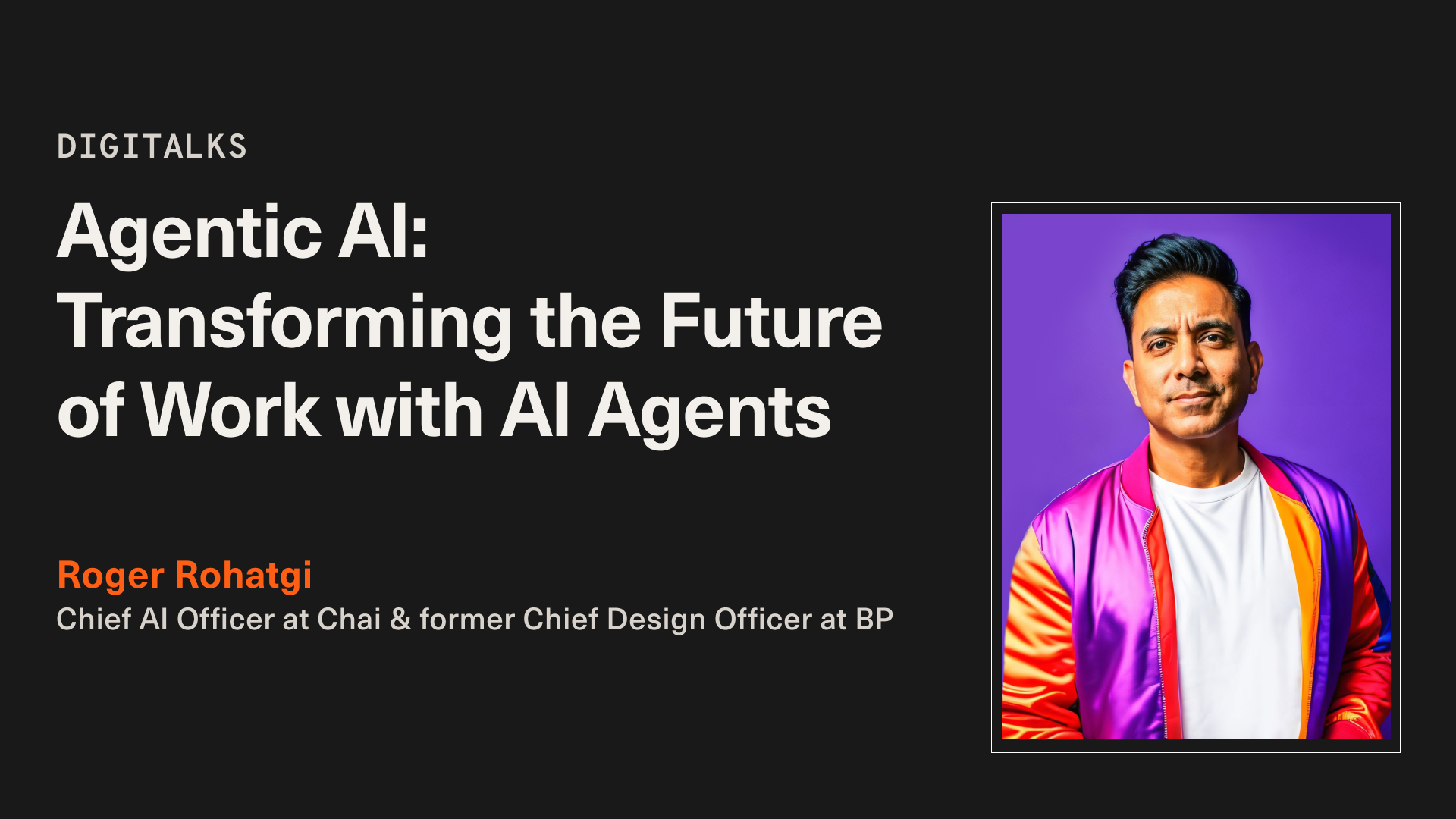Prototyping is evolving and becoming the go to first step for many companies when developing digital products. The idea is nothing new, but the processes and technology are advancing and helping businesses work in a more agile way.
We caught up with Jeremy Osborn, all-round digital expert and Academic Director at Aquent Gymnasium, to find out more.
WHAT ARE THE BENEFITS OF PROTOTYPING?
Jeremy: The benefits of prototyping depend heavily on the intended audience. Across the board however, the basic value of prototyping for digital products is to start a conversation with a specific person or group and receive valuable feedback. A good prototype allows you to quickly communicate your ideas at a relatively low cost and in a relatively short period of time. For example, prototyping is used to test an idea with users to see if they can find information or perform certain tasks in your website or app. The results of that test might result in changing a feature before a single line of code is ever written, saving days if not weeks of expensive coding and programming costs.
The benefits of prototyping extend beyond just user testing however. A prototype can be used in the early stages of investment to get buying, or it can be used to help the marketing team to think about how to sell the digital product in advance. In all of these cases the context of the audience is extremely important. A functional prototype used for user testing might not have the same benefits for the marketing department. In that respect it is not unusual to build a few different versions of the prototype over time to address the needs of different audiences.
HOW CAN PROTOTYPING CHANGE THE WAY TEAMS WORK?
J: Prototyping can change the way teams work by encouraging closer collaboration and better feedback. In addition, a good prototyping workflow can help create a better balance between the business needs of an organisation, the needs of the user, and the typically busy production schedule of web development. For example, some organisations have a rigid workflow that involves visual designers passing a mockup created in a visual design program such as Photoshop or Sketch to developers, who then proceed to convert the mockup into working code. The communication between these designers and developers will be an exchange of emails or phone calls, and perhaps informal video calls or in-person meetings (if you’re lucky!).
The problem with this style of collaboration is that there’s a lot of room for error and wasted time. A static mockup is unlikely to capture all of the complexity of the real product and might result in developers having to make far-reaching decisions based on incomplete data or context. A better solution would be to have an up-to-date and well documented prototype as a common point of understanding, something that would allow the visual designer to sit side by side (or remotely) with the developer and other team members and have a real conversation about what types of interaction are technically feasible.
HOW IS THE PROCESS OF PROTOTYPING EVOLVING?
J: Currently, there is a new wave of prototyping software and web applications hitting the marketplace, it’s gotten to the point where we now have search engines to help people navigate the options and find the right design tool. The increased expectations of users may have a lot to do with this. Specifically, there is an expectation that digital products are not only technically sophisticated (such as the ability to buy a product on your phone or check your bank account) but that the experience is pleasant. These expectations put pressure on companies to release good products out of the gate. This is generally a good thing, but it’s not easy to do. This is where prototyping comes in, new prototyping tools promise to shorten the time between design and development and to provide better and faster ways to get feedback.
None of these trends are radical or particularly new, software manufacturers have always tested the limits in terms of what can be done from a technological perspective. What seems new though, is that the types of things being prototyped are changing. How do you prototype an application for a voice interface such as Alexa, for example? Or how about an Augmented Reality application that relies on your phone’s camera to work? Even Artificial Intelligence is affecting the scope of what digital products can do and by extension this will affect prototyping. There’s no doubt that as technology advances, the role of prototyping will advance step-by-step along with it. Having said that, there is also a danger of ‘falling in love’ with the technology. After all, great prototypes often start their life with a pencil, paper and a good idea, and that is unlikely to change any time soon.
Looking to learn how to use prototypes as a way to communicate and collaborate with clients, coworkers and other stakeholders? Check out the free Aquent Gymnasium course Prototyping for Digital Products and Websites. You’ll learn how to utilise prototyping techniques, when to create a prototype, how to determine which method to use, and why you should prototype.
Latest.

Niche is in! The Rise of Specialist Creative Design Skills
Job Seeker, Design

Why Buying AI Agents Will Be The New Norm
Technology

Agentic AI: Transforming The Future Of Work With AI Agents
Technology, Video Resources



